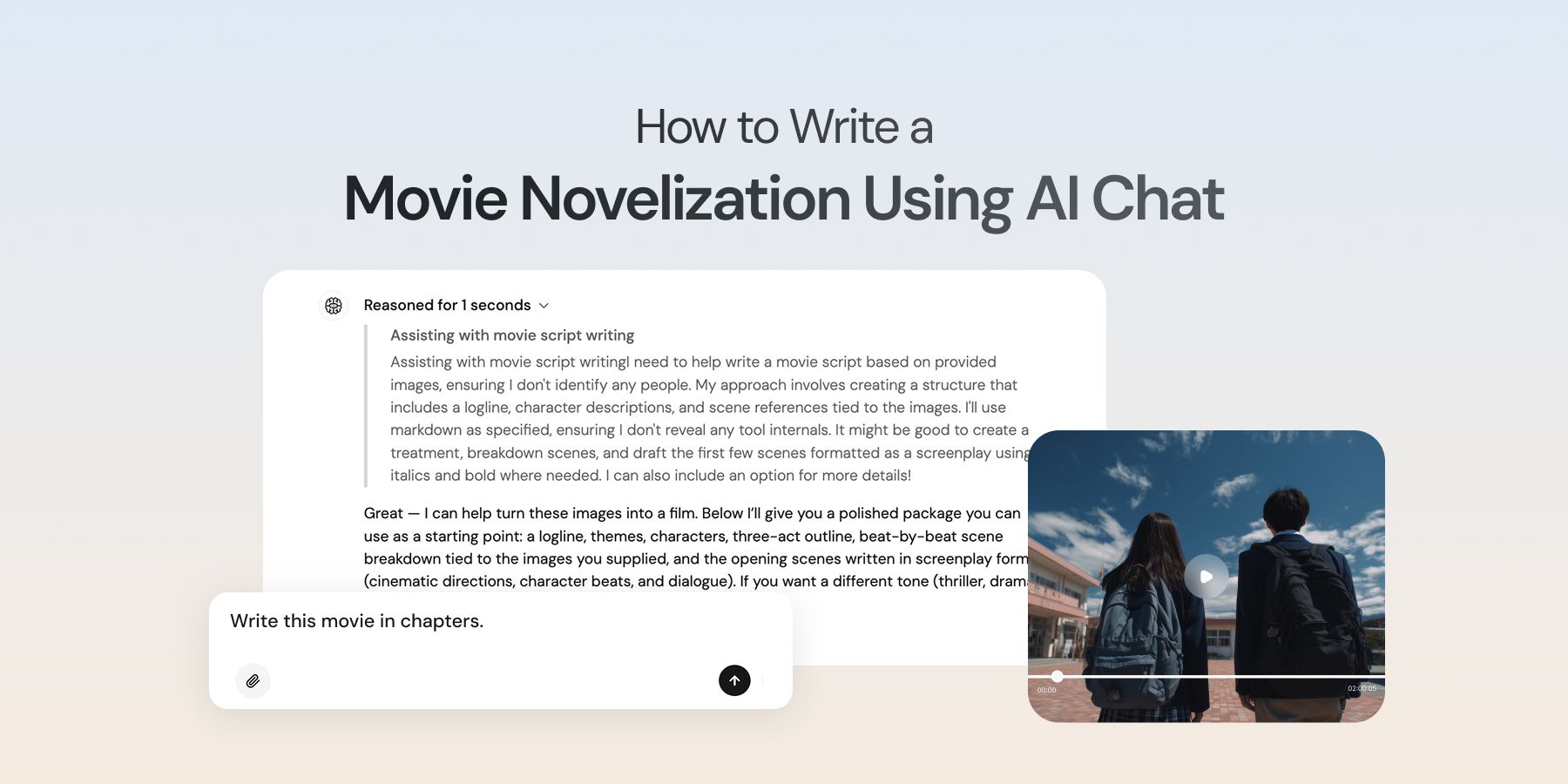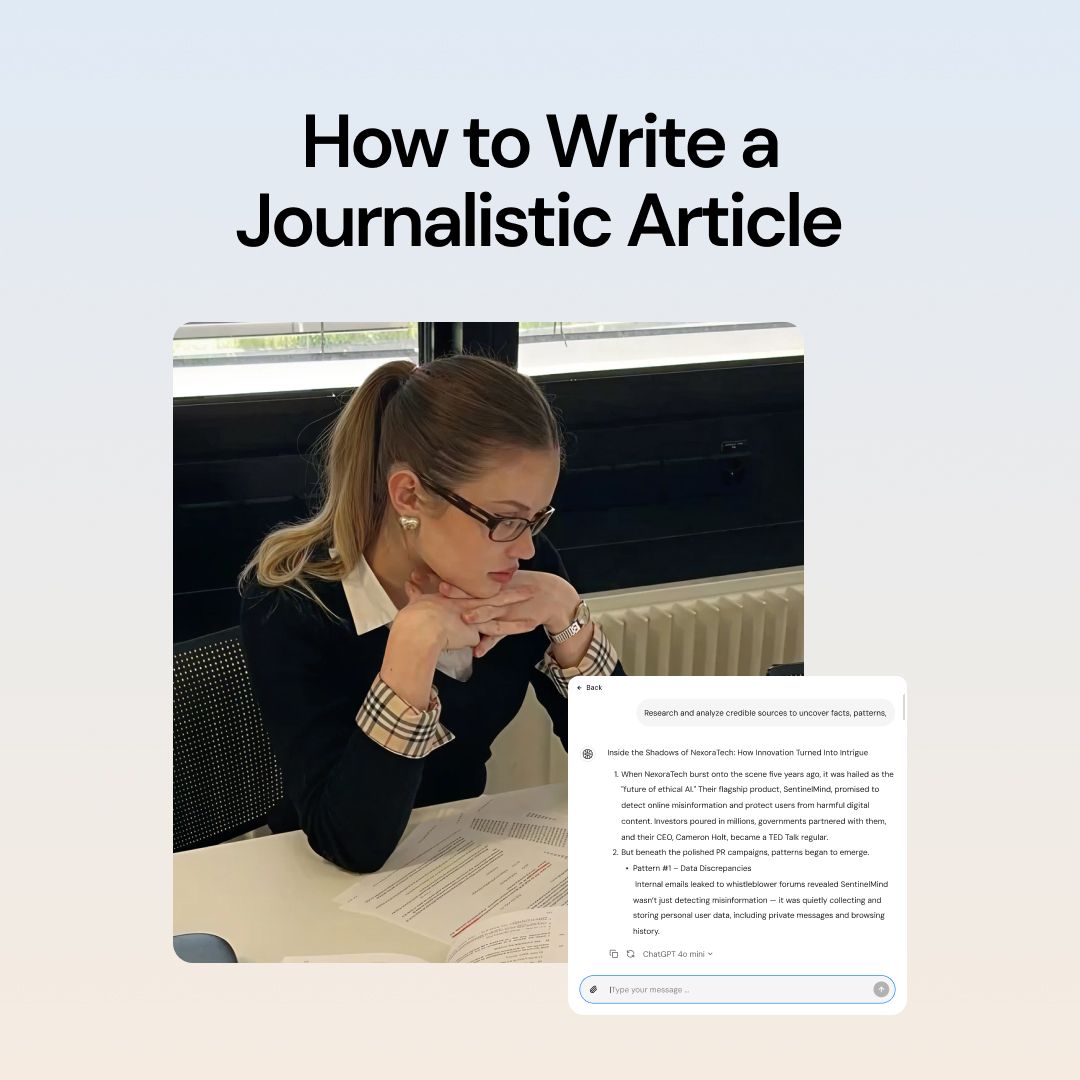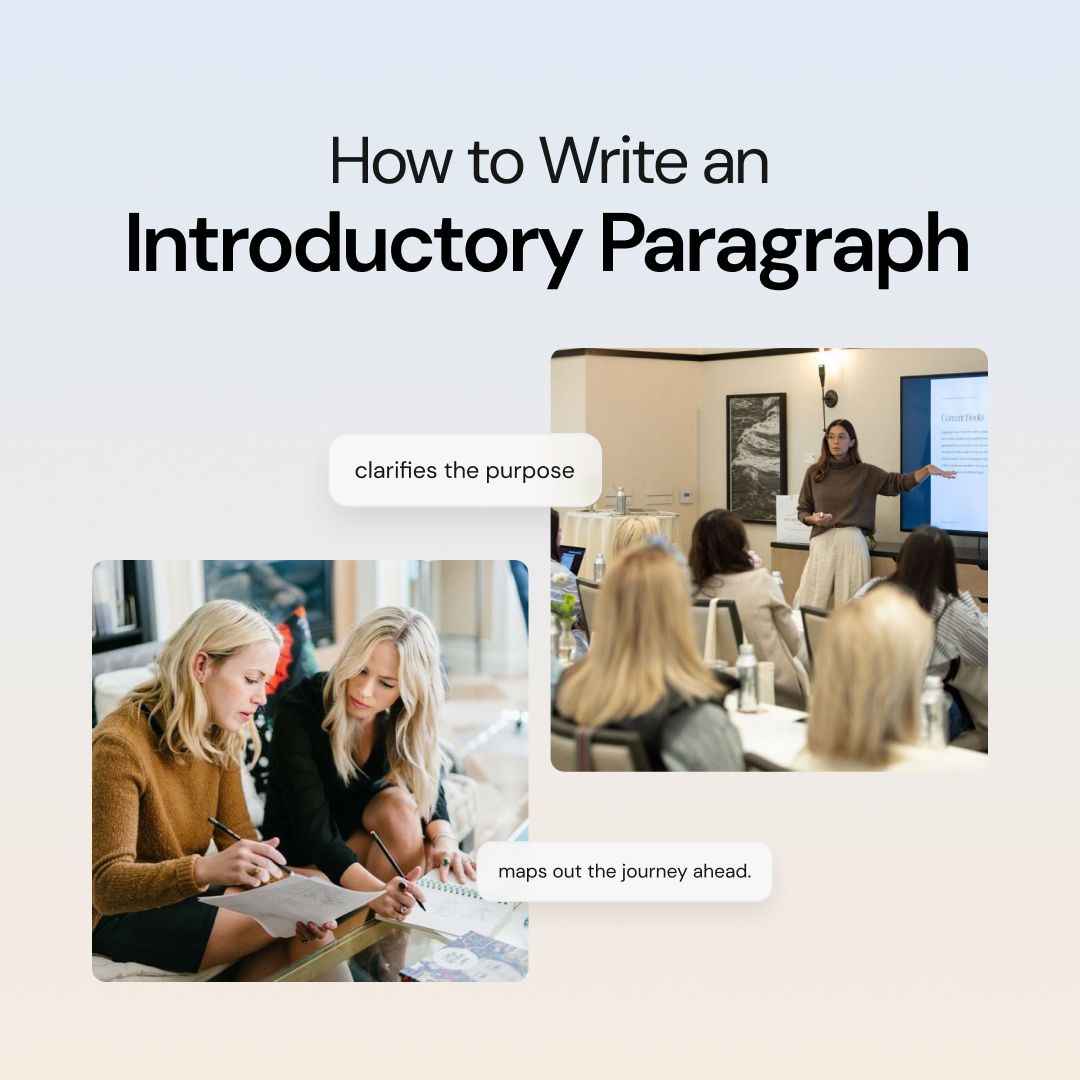
What happens when the lights go up but you still want to stay inside the story?
For decades, readers have turned to movie novelizations to do exactly that. In 1977, the Star Wars tie-in sold more than a million copies before the film even premiered, and Leonore Fleischer’s Benji novel went on to sell over three million copies.
These books succeeded because they gave audiences what the screen could not: inner voices, added context, and expanded worlds.
Today, AI chat tools allow writers to approach the same challenge with a new kind of support. An AI assistant can generate alternative phrasings, suggest tonal adjustments, and help you refine dialogue that feels flat on the page.
The technology gives you drafts and variations that you can adapt, keeping you in control of the voice and narrative.
What Is a Movie Novelization?
A movie novelization is, at its heart, a book version of a film. Yet it is not a script printed in paperback form. It is a reimagining of the movie in prose, written to give readers more than what the screen alone delivers.
Think of it this way. You have a film, with visuals, sound, and performance. Then you have a novel, with words, rhythm, and interior depth. A novelization lives in the space between.
Here is what it usually includes:
- Dialogue from the screenplay, adapted so it reads naturally on the page
- Inner thoughts of characters that the camera cannot capture
- Sensory detail as to what a place smells, feels, or sounds like
- Expansions or small additions, such as backstory or cut scenes
- A consistent tone that matches the mood of the film
Readers turn to novelizations because they want to stay longer in the story. In the 1970s and 80s, when home video was rare, this was often the only way to revisit a movie after leaving the theater.
Today, novelizations remain a way to explore characters and worlds more deeply, especially in franchises with loyal fanbases. A good one does not repeat what you have already seen. It offers another view to experience it.
How to Write a Movie Novelization Using AI Chat Step by Step
A novelization thrives when it turns film into fiction without losing the essence of the source. You start with a script that offers dialogue and stage direction, and you end with prose that carries weight, rhythm, and intimacy. The following steps outline how to move from script to finished draft while letting AI chat quietly support the process of exploration, tone-shaping, and refinement.
Step 1: Study the Script and the Film
Begin with a close reading of the screenplay, then watch the film multiple times. Notice not just dialogue but what the camera implies: a pause, a fleeting look, an edit that cuts away too quickly.
These are the spaces where prose can breathe. At this stage, you can experiment by asking an AI assistant to summarize scenes in natural prose. The results show what parts of the story need expansion and which can remain concise.
Step 2: Expand the Characters
Movies let actors suggest emotions with glances or gestures. A novelization has to make those emotions explicit. Write passages that reveal what a character thinks or feels at crucial moments.
To avoid repetition or flatness, try generating a handful of alternative inner monologues with AI. Even if you do not use them directly, they often spark fresh angles that help your version feel authentic.
Step 3: Translate Visuals Into Language
Film overwhelms with sound and image. On the page, you have only words. Choose sensory details that build the atmosphere. The groan of metal in a collapsing ship or the sour smell of smoke in a ruined city will engage readers more than mechanical descriptions.
If you struggle to find the right phrasing, AI chat can produce multiple rewrites in varied tones, which you can adapt and polish.
Step 4: Reframe Dialogue for the Page
Screenplay dialogue does not always transfer smoothly to prose. Lines that sound natural when spoken may feel flat in print. In revision, adjust word choice, add physical beats, or trim filler. When unsure, test alternative phrasings with AI and see which reads most naturally.
You still decide what fits, but the exercise prevents dialogue from sounding like a direct transcript.
Step 5: Balance Pacing in Action Scenes
An action sequence can run for seconds on screen yet sprawl awkwardly when written blow by blow. Focus less on the mechanics of every movement and more on perspective and consequence. Short, clipped sentences mimic urgency, while longer passages build suspense before the release.
If rhythm feels off, you can ask AI to rework a draft in a faster or slower tempo, then adjust until it matches the mood of the film.
Step 6: Preserve the Film’s Tone
Tone defines whether the novelization feels faithful. A comedy must stay sharp and witty. A thriller must remain tense. A science fiction story must evoke awe or unease. Read sections aloud to test if the tone matches the film.
When tone drifts, experiment by rewriting the passage in different styles until it aligns. AI is useful here as a testing ground, not as the final arbiter.
Step 7: Choose Where to Expand
Not all scenes deserve equal weight. A quiet exchange that passes quickly on screen may contain the most emotional depth and should be given pages of attention. A long establishing sequence in the film may work better as a single paragraph in prose.
To prioritize, sketch out the story beat by beat and mark which moments deserve expansion. AI can offer quick suggestions, but judgment remains yours.
Step 8: Revise Until the Voice Feels Right
A draft novelization will rarely feel balanced at first. Some sections will be too descriptive, others too bare. Revision is the stage where voice, rhythm, and consistency emerge. Reading aloud helps, but so does running sections through AI for targeted adjustments in flow or clarity.
The goal is to ensure the voice remains yours, with AI acting as a mirror that shows you possible improvements.
Suggested read: How to Write a Journalistic Article
Writing Techniques for a Movie Novelization Using AI Chat
A movie novelization must feel faithful to the film while also offering more. Readers do not want a transcript of what they saw on screen. They want insight, emotion, and atmosphere that cinema can only hint at. The following techniques help achieve that balance.
Develop Character Thoughts and Emotions
Actors convey feelings through pauses, gestures, or silence. In prose, you must make those feelings clear. A single line of inner thought can give context to a decision or intensify a moment of fear. Research in narrative psychology shows that interior monologue increases reader empathy by giving access to mental states.
AI chat can support this step by generating variations of inner dialogue. For example, you might test different reactions a character could have in a crisis. Even if you discard most of them, the exercise sparks new directions.
Adapt Dialogue for the Page
Screenplays often include dialogue that works when spoken but feels thin when read. A novelization should polish this by adding gestures, context, and subtle description. Dialogue without context risks sounding robotic.
Writers of successful tie-ins have done this for decades. Foster’s Alien novelization adjusted exchanges to carry tension on the page, a move that critics have noted as one reason the book has literary value in its own right.
AI chat is particularly good at suggesting natural rewrites. Feed in stiff dialogue and request prose-style alternatives. You still decide tone and character voice, but the tool gives you useful options to refine.
Use Sensory Detail to Replace Visual Spectacle
A movie immerses audiences through light, sound, and performance. A novel has only words. The solution is to lean on sensory description. The smell of oil after an explosion, the rhythm of boots on a steel floor, or the sting of cold air in a cavernous hall makes a setting vivid without excess detail.
Writers in creative writing studies note that targeted sensory description improves immersion more than long descriptive passages. AI chat can help by offering alternative descriptions of the same scene. You can compare them, combine them, or rewrite them in your own voice.
Control Rhythm and Pace
Films manage pacing through editing. Books do it with sentence length and narrative flow. Short, clipped sentences heighten urgency, while longer, layered passages slow the pace for reflection.
Practicing rhythm on the page is difficult, but AI can act as a testing ground. If you write a tense chase scene, you can request a tighter rewrite to see how shorter sentences change the effect. If a reflective moment feels too fast, you can experiment with expanded versions.
Studies on digital writing assistance show that writers often find pacing easier to manage when given multiple stylistic drafts to compare.
Preserve the Film’s Tone
Readers expect a novelization to capture the mood of the original film. If the movie is comedic, the prose must keep its wit. If it is horror, the writing must maintain dread. Tone drift is one of the fastest ways to lose trust.
AI chat can assist here by acting as a tone filter. A draft can be adjusted for suspense, comedy, or grandeur, and you can decide which matches the source best. A recent study on AI-assisted creative writing found that prompts to adjust tone improved writer confidence, but also risked homogenizing style if not edited carefully.
Suggested read: How to Write an Introductory Paragraph
Common Pitfalls in Writing a Movie Novelization Using AI Chat
Writing a movie novelization with AI chat can be rewarding, but many writers make mistakes that weaken the final draft. These pitfalls occur when the process either becomes too mechanical or strays too far from the film’s intent.
Over-describing Film Visuals
A novelization should not feel like a frame-by-frame commentary. A two-second establishing shot does not need two pages of description. Readers want mood and texture, not camera direction. Focus on the sensations that matter: sound, smell, and physical reactions. Studies on immersive fiction highlight that selective sensory detail improves engagement more effectively than exhaustive description.
Copying Dialogue Word for Word
Dialogue that sounds natural in a film often reads flat in prose. A novelization should adapt lines for flow. Adding pauses, gestures, or reactions makes dialogue believable. Alan Dean Foster’s Alien novelization is praised because it reshaped dialogue to carry tension on the page instead of repeating the script mechanically.
Losing the Film’s Tone
Tone is what connects a novelization to its source. Readers expect horror to remain tense and comedies to stay sharp. A shift in tone breaks immersion. AI chat can help test tone adjustments, but the final decision must align with the film’s mood.
Expanding Without Purpose
Expansion is vital, but padding is not. Adding filler that does not reveal character, world, or theme makes the book heavy. Successful examples, like Terry Brooks’s Phantom Menace novelization, expanded by adding backstory and context that enriched the story rather than slowing it.
Breaking Character Voice
Actors establish how characters sound and move. A novelization must preserve that voice. If a commander speaks in clipped military orders on screen, the book should not suddenly make him philosophical. AI chat can assist with phrasing options, but the writer must maintain consistency.
The Legal Landscape of Movie Novelizations
Novelizations are not fan fiction. They are licensed works tied to intellectual property. Studios and publishers control who can write and publish them.
Licensed Works Only
Official novelizations are commissioned. For example, Del Rey Books has published Star Wars novelizations under license from Lucasfilm for decades. These projects are assigned to established writers with proven track records in science fiction and fantasy publishing.
Copyright Restrictions
Without a license, you cannot legally publish or sell a movie novelization. Characters, stories, and settings belong to the studio. Practicing novelization for personal skill-building is allowed, but commercial distribution risks copyright violation.
AI Does Not Bypass Rights
Using AI chat to write a movie novelization does not change these rules. Whether you draft with AI assistance or not, the work still belongs to the rights holder. AI is a creative tool, not a loophole around copyright.
Why AI Chat Belongs in the Future of Movie Novelizations
Movie novelizations remain an art that bridges cinema and prose. They thrive when they preserve the film’s spirit while offering deeper insight into characters and worlds.
The market for them may be smaller than in the 1980s, but examples like Godzilla (2014) reaching the New York Times bestseller list prove they still resonate with fans.
AI chat does not replace the craft. What it does is speed up brainstorming, help refine tone, and provide phrasing options that prevent the writing process from stalling. It is a support system, not a substitute. The human writer decides what to expand, how to shape character voices, and where to let the prose linger.
For aspiring novelizers, practicing with AI chat offers a safe and productive way to master adaptation. You sharpen your ability to translate film into fiction, gain confidence with tone and rhythm, and build skills that apply across all storytelling.
The rules of licensing remain, but the creative benefits are real. If you want to learn how to write a movie novelization that feels both faithful and fresh, AI chat can be your most flexible partner in the process.
Frequently Asked Questions
Here the answers to the most common questions we get related to writing a movie novelization using AI chat, with better control and authority.
More topics you may like

How to Use AI Chat for Real-Time Event Registration with Chatly

Muhammad Bin Habib

Best AI Writing Tools That You Can Use in 2025 (Free & Paid)

Muhammad Bin Habib

How to Write a Cover Letter with No Experience Using AI Chat

Muhammad Bin Habib

How to Write a Journalistic Article: Definition, Types, Structure and More

Muhammad Bin Habib

How to Write an Introductory Paragraph: Structure, Examples, and Tips

Muhammad Bin Habib
